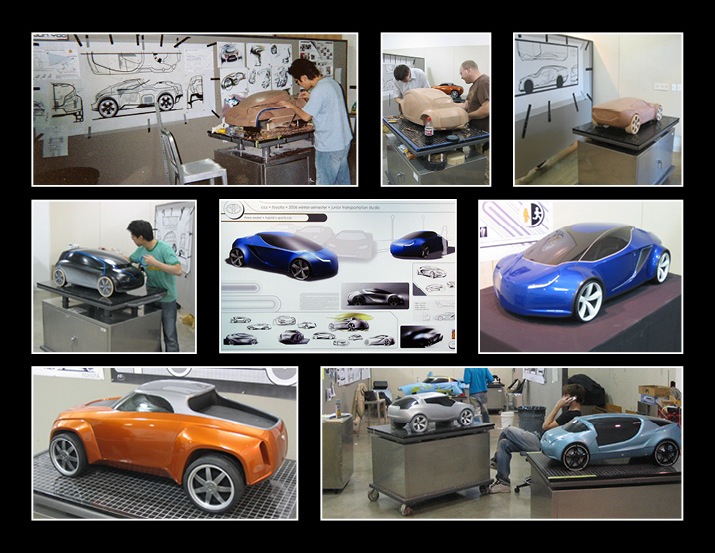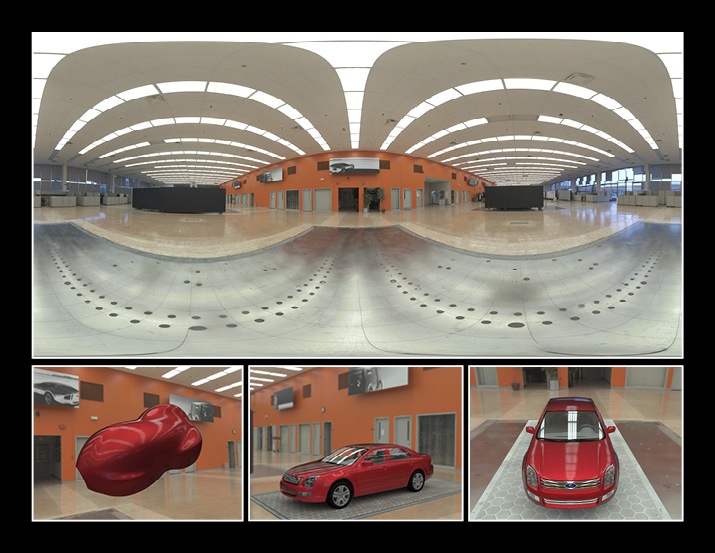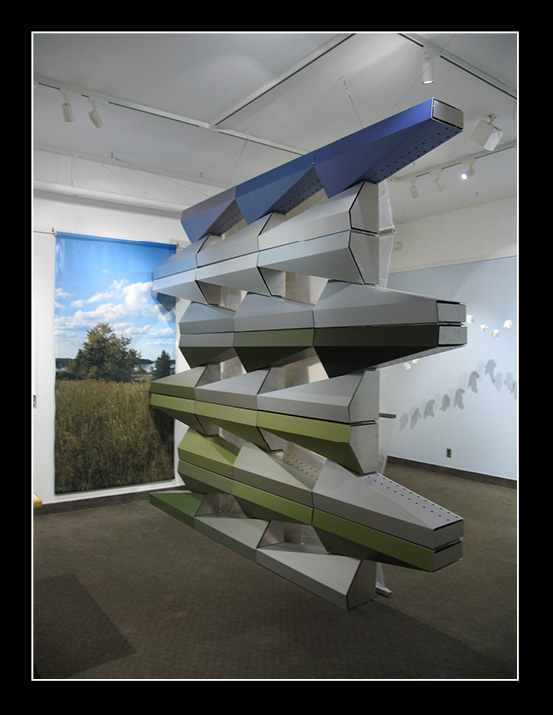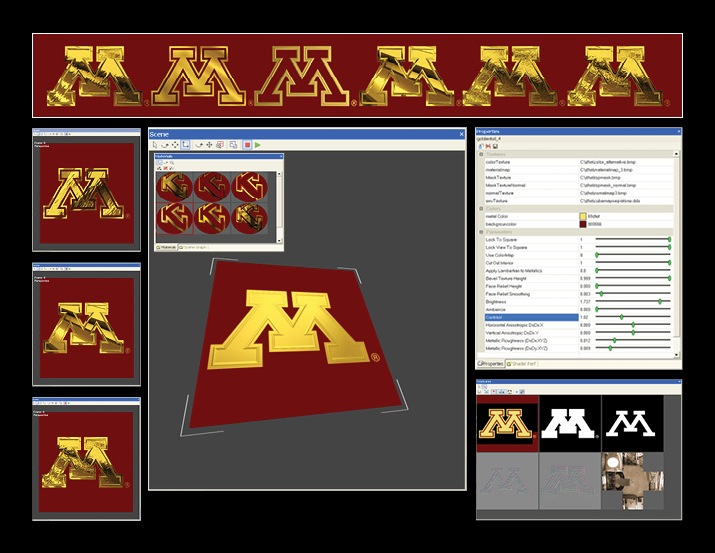
The students of the College for Creative Studies
As visiting scholars, Clement Shimizu and Gary Meyer helped teach a special course at the renowned College for Creative Studies. The industrial design department offers an automotive design course where students design a car from concept art to fully painted clay mock-up. The students used the BRDF Design Suite to pick and design colors for their concept vehicles. The colors were formulated and sprayed onto clay models.




